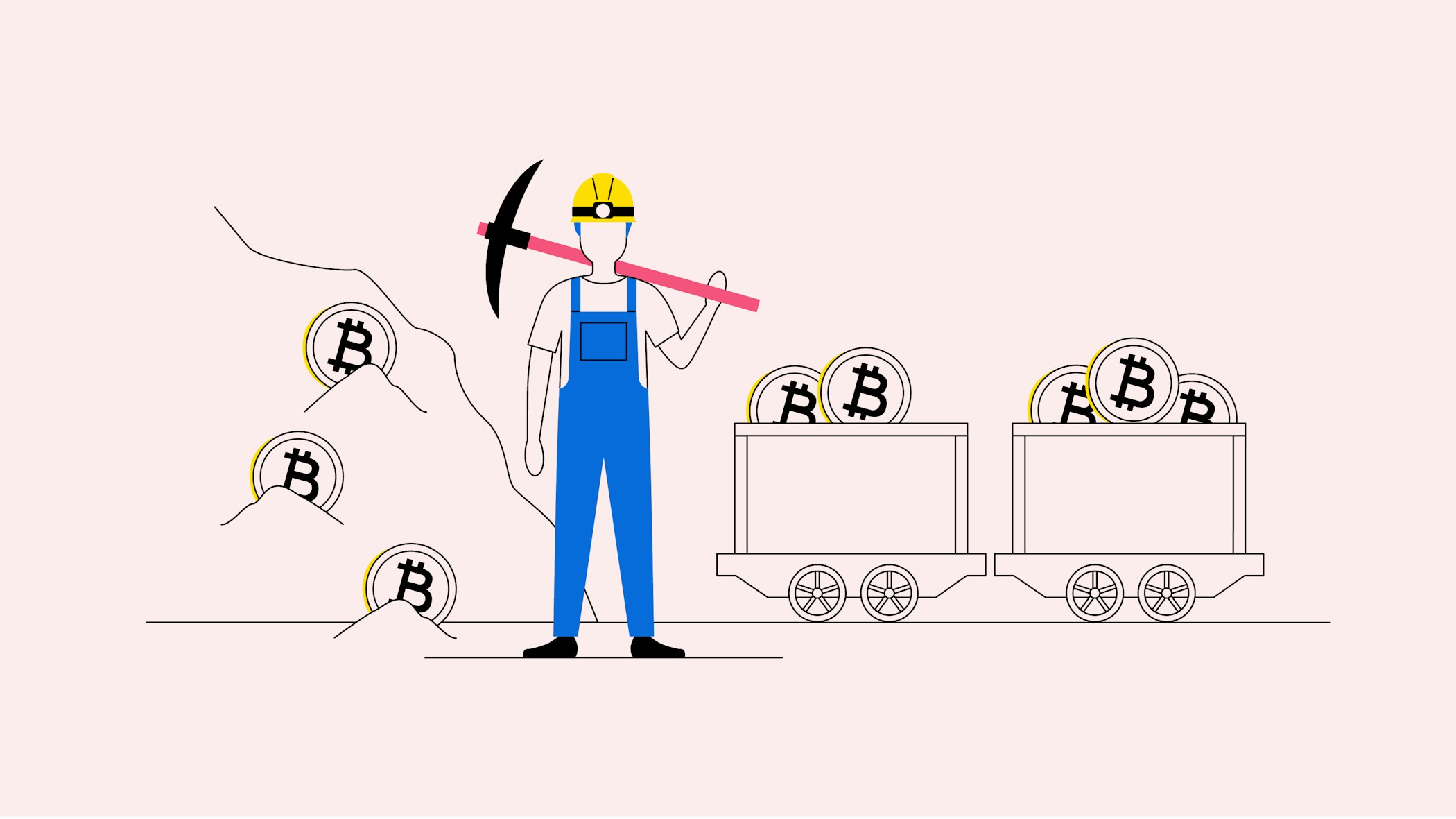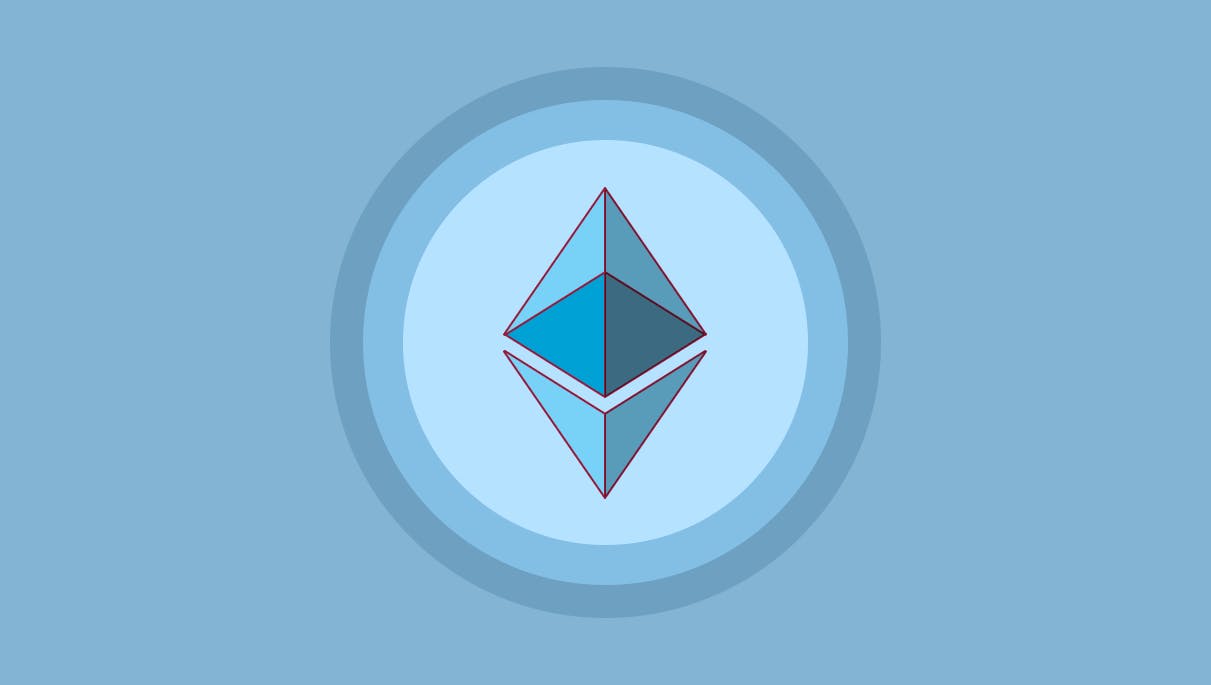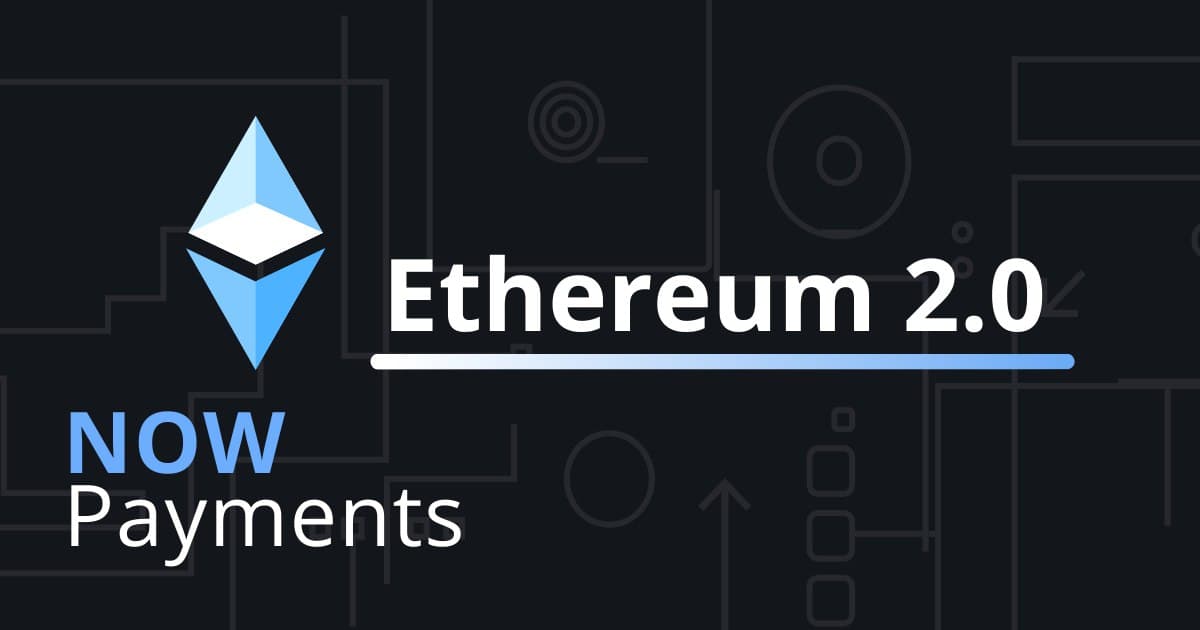Don’t just accept Ethereum as payment – learn all about its development. And lately, there has been a lot to learn about! Like, for example, Serenity – or a very ambitious upgrade: Ethereum 2.
If you are more or less aware of what is happening in the crypto world, you must have heard that the Ethereum 2.0 release date has been fixed for December 1, 2020. But, the real questions are what is Ethereum 2.0 and why do we need it?
We answer both these questions in this article.
What is Ethereum 2.0? – A Quick Look
Ethereum 2.0, often denoted as Eth 2.0, refers broadly to a set of upgrades to be done parallel to the Ethereum mainnet that will make the existing one more scalable, more secure, and more sustainable. Later, these parallel upgrades will merge with the mainnet.
Now, you must be wondering what these upgrades will entail. At its very core, all these upgrades will be derived from Ethereum 2.0’s shift to the Proof of Stake mechanism from the earlier Proof of Work mechanism. Let’s have a quick look at both these mechanisms.
Proof of Work – Why is Ethereum Giving up on it?

In the existing proof of work mechanism, miners run nodes and spend large volumes of computational energy to solve complex mathematical problems in a competition. Since it’s a competition, the miner who gets to solve the problem first gets the first chance to mine the next block.
As each block mined implies a lot of computational energy spent, the attackers can’t match up to the combined computational energy involved in the entire blockchain.
As a result, the Proof of Work (PoW) mechanism ensures unassailable security features. But, at the same time, running a PoW mechanism becomes costly in terms of buying the hardware that needs to be run and the amount of electricity that needs to be expended. It makes PoW less accessible for individual miners.
At the same time, the process of mining in PoW is sequential. One can mine a new block only after the previous one has moved to the blockchain. Therefore, the PoW mechanism takes a lot of execution time and is difficult to scale up. All these problems are solved in Ethereum 2.0’s Proof of Stake or PoS upgrade.
Proof of Stake – The Much Needed Upgrade for Further Growth of Ethereum Network

The PoS mechanism replaces miners with validators. In the Eth 2.0 upgrade, the validators would have to stake 32 ETH by depositing funds into the official deposit contract. Once deposited, the validators will be allowed to run the 2.0 software. They will be chosen randomly to validate blocks. This upgrade will lower the barrier to entry. Instead of spending huge amounts on hardware and electricity, all the validators would need is 32 ETH to stake.
To solve the issue of time-consuming sequential mining, Ethereum 2.0 will have sharding chains. These sharding chains would facilitate processing transactions in 64 blocks at a time by partitioning the Ethereum blockchain into 64 separate chains called shard chains.
The Ethereum 2.0 release would be in three phases:
- Phase 1: Here, the Beacon Chain would be introduced. The Beacon Chain will bring staking to Ethereum and also prepare the base for future upgrades on the platform. The launch of Beacon Chains will happen on December 1, 2020.
- Phase 2: In this phase, the shard chains will be introduced into the system. This part of the upgrade is scheduled for a 2021 launch.
- Phase 3: Here, the existing mainnet will merge with the beacon chain upgrades. The merging will enable staking for the entire network, the existing and the upgraded combined. It will also mark the end of energy-intensive mining requirements.
As far as the implications of this upgrade are concerned, it would have no impact on the modes of Ethereum payment. Users who pay with Ethereum or accept Ethereum payments and sellers or merchants who accept Ethereum on their website will face no difficulty in transitioning.
Their Ethereum holdings will automatically become part of the 2.0 chain. End users will effortlessly continue with their ETH payments as before and experience no changes when they accept Ethereum.
Latest Updates – Where are we Concerning Ethereum 2.0 now?

As far as the latest updates on the Ethereum 2.0 launch go, the 2.0 deposit contract has already acquired 385,440 (dollar value: $231 million) of the 524,288 ETH required to activate Ethereum 2.0’s beacon chain. The volume of the acquisition to date represents 75% of the threshold that needs to be crossed before the December 1st, 2020 soft launch.
___________________
Why use NOWPayments.io?
NOWPayments is the easiest way to accept online payments in a wide variety of cryptocurrencies. This service is custody-free, has competitive fees and is available worldwide.
- Over 50 cryptocurrencies are accepted on the platform with an in-built exchange feature;
- API, widgets, plugins and a donation button are all easy to integrate;
- It is a non-custodial service ensuring the security of your funds;
- A very simple setup

